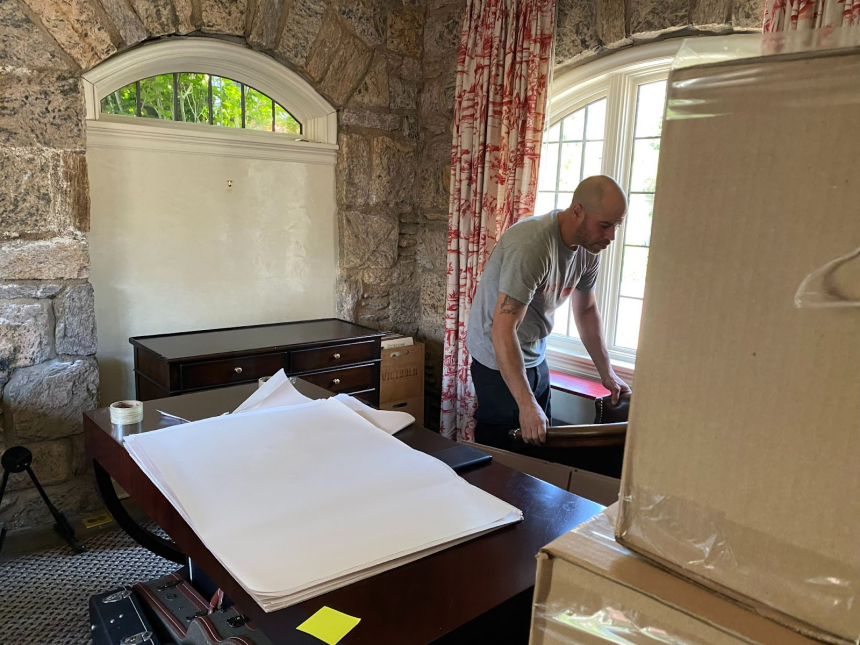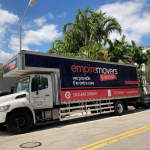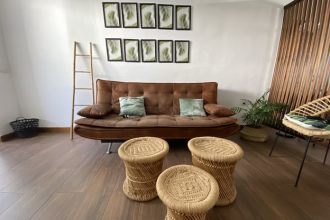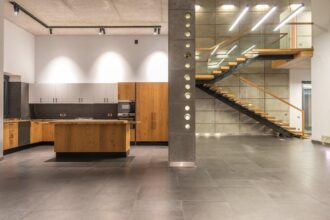As an interior designer in New York City, you know that time is money. With clients demanding high-quality work on tight deadlines, efficiency is key to your success. One way to maximize your efficiency is by using a receiving warehouse for your inventory and materials. In this blog post, we’ll explore the benefits of a receiving warehouse for interior designers in NYC and how it can help you maximize space and time.
The Challenges of Running an Interior Design Business in NYC
Running an interior design business in NYC can be challenging, especially when it comes to space, traffic, and time. As a designer, you need ample space to store your inventory, samples, and materials. However, studio space in NYC is expensive, and renting additional space can quickly eat into your profits. Traffic congestion and delivery challenges can also make it difficult to receive and transport your items. Additionally, with clients demanding quick turnarounds on projects, time is of the essence. Managing inventory and materials can take up a significant amount of your time, leaving you with less time to focus on designing and growing your business.
What is a Receiving Warehouse and How Does it Work?
A receiving warehouse is a facility that receives, inspects, and stores items for businesses. For interior designers, a receiving warehouse can receive and store furniture, fixtures, and other materials until they’re needed for a project. When the designer needs an item, they can simply request it from the warehouse, and it will be delivered to their studio or job site. This process can save designers valuable space, time, and money.
The Advantages of a Receiving Warehouse for Interior Designers in NYC
Maximizing Space
One of the most significant benefits of using a receiving warehouse for interior designers in NYC is the ability to maximize your studio space. With a receiving warehouse, you can store your inventory off-site, freeing up valuable studio space for designing and meeting with clients. This can save you money on rent and allows you to take on more projects without worrying about space limitations. Additionally, since the warehouse can store items until you need them, you can have access to your inventory when you need it, without having to worry about cluttering up your studio.
Streamlining Delivery and Inventory Management Processes
Another advantage of a receiving warehouse is that it can streamline your delivery and inventory management processes. Rather than having to receive and inspect items yourself, the warehouse can receive and inspect items for you. This not only saves you time, but it can also reduce the risk of damaged or incorrect items. Additionally, since the warehouse is responsible for managing the inventory, you don’t have to worry about keeping track of items or conducting regular inventory checks. This can free up your time to focus on more important aspects of your business, such as designing and marketing.
Reducing Transportation Costs and Time
Using a receiving warehouse can also help reduce your transportation costs and time. Since the warehouse can consolidate deliveries, you don’t have to worry about multiple deliveries from different vendors. This can help reduce transportation costs and minimize the impact of traffic congestion on your deliveries. Additionally, since the warehouse can deliver items directly to your studio or job site, you don’t have to worry about transporting items yourself. This can save you valuable time that can be used for designing and managing your business.
Choosing the Right Receiving Warehouse
If you’re an interior designer in NYC considering using a receiving warehouse, it’s important to choose the right warehouse to ensure that you get the most benefit from the service. Here are a few things to consider when choosing a receiving warehouse:
Location
The location of the warehouse is an important consideration. Look for a warehouse that is close to your studio or job sites to minimize transportation time and costs. Additionally, consider whether the warehouse has easy access to major highways or transportation hubs to ensure efficient delivery.
Security and Insurance
Ensure that the receiving warehouse you choose has adequate security measures in place to protect your inventory and materials. Additionally, check that the warehouse has insurance coverage for damage or loss of items.
Costs and Services
Compare the costs and services of different receiving warehouses to ensure that you’re getting the best value for your money. Look for a warehouse that offers a range of services, such as receiving, inspecting, storing, and delivering items, as well as inventory management and reporting.
Conclusion
Running an interior design business in NYC can be challenging, but using a receiving warehouse can help maximize your efficiency, space, and time. By outsourcing your inventory and materials management to a receiving warehouse, you can free up valuable studio space, streamline your delivery and inventory management processes, and reduce your transportation costs and time. When choosing a receiving warehouse, consider factors such as location, security, insurance, costs, and services to ensure that you’re getting the best value for your money. With the right receiving warehouse, you can focus on designing and growing your business, knowing that your inventory and materials are in good hands.














